Solemn presence: Attila F. Kovàcs' Holocaust museum opens in Budapest
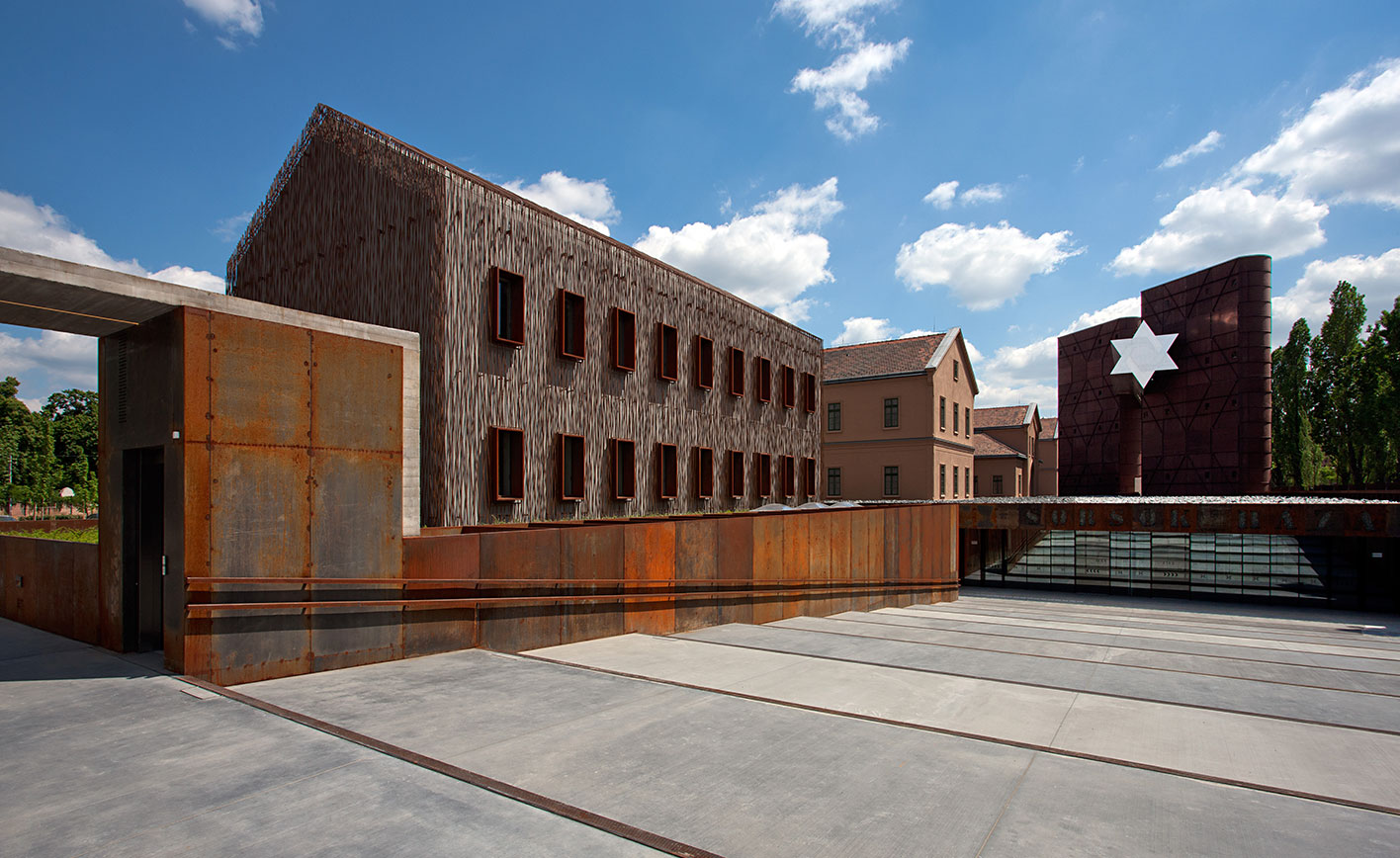
In an up-and-coming district of central Budapest, passers-by wouldn't be able to miss the solemn presence of a set of dark twin towers linked at high level by a shimmering Star of David, emerging from the site of the former Józsefváros railway station. Commissioned by the state to mark the 70th anniversary of the Holocaust in Hungary, the towers announce the presence of the new holocaust museum and education centre of Budapest, by architect Attila F. Kovács.
The scale of the existing 19th century railway station and flanking ancillary buildings presented a challenge for conversion to 21st century exhibition standards. A new underground exhibition hall, located in front of the main station on the site of the old tracks, provided the solution and formed the new museum entrance. Accessed by a grand external stairway, the funnel-like space houses the main exhibition and unites the basements of the existing buildings, establishing a circulatory artery for the museum complex.
F. Kovács saw the station building as a statue sinking into ‘a sea of stones,’ becoming a monument itself. The station has been carefully restored, accommodating a 200-seat conference room, flexible exhibition space, café and bookshop. Accessed from below, gigantic basalt stones on the roof of the new exhibition hall lend the impression that the station is indeed sinking.
The facades of the identical flanking buildings were remodelled with exposed concrete walls wrapped in a patterned cage of iron reinforcement rods, symbolic of imprisonment. The 20m high towers, drawing on an earlier installation by F. Kovács for the Holocaust Museum of the southeastern Hungarian city of Hódmezővásárhely, are angled to form a powerful optical illusion. From certain perspectives, the blocks converge and The Star of David shines out, but moving on from this perspective, the towers are torn apart.
The palette of materials pays homage to the railway route along which Jews were transported to Auschwitz during the Second World War, seeking to express the raw emotion a building of this nature provokes. ‘I was enchanted by the scale and the effect of the materials, how they work together, and the sensation of time, and loneliness,’ said F. Kovács.
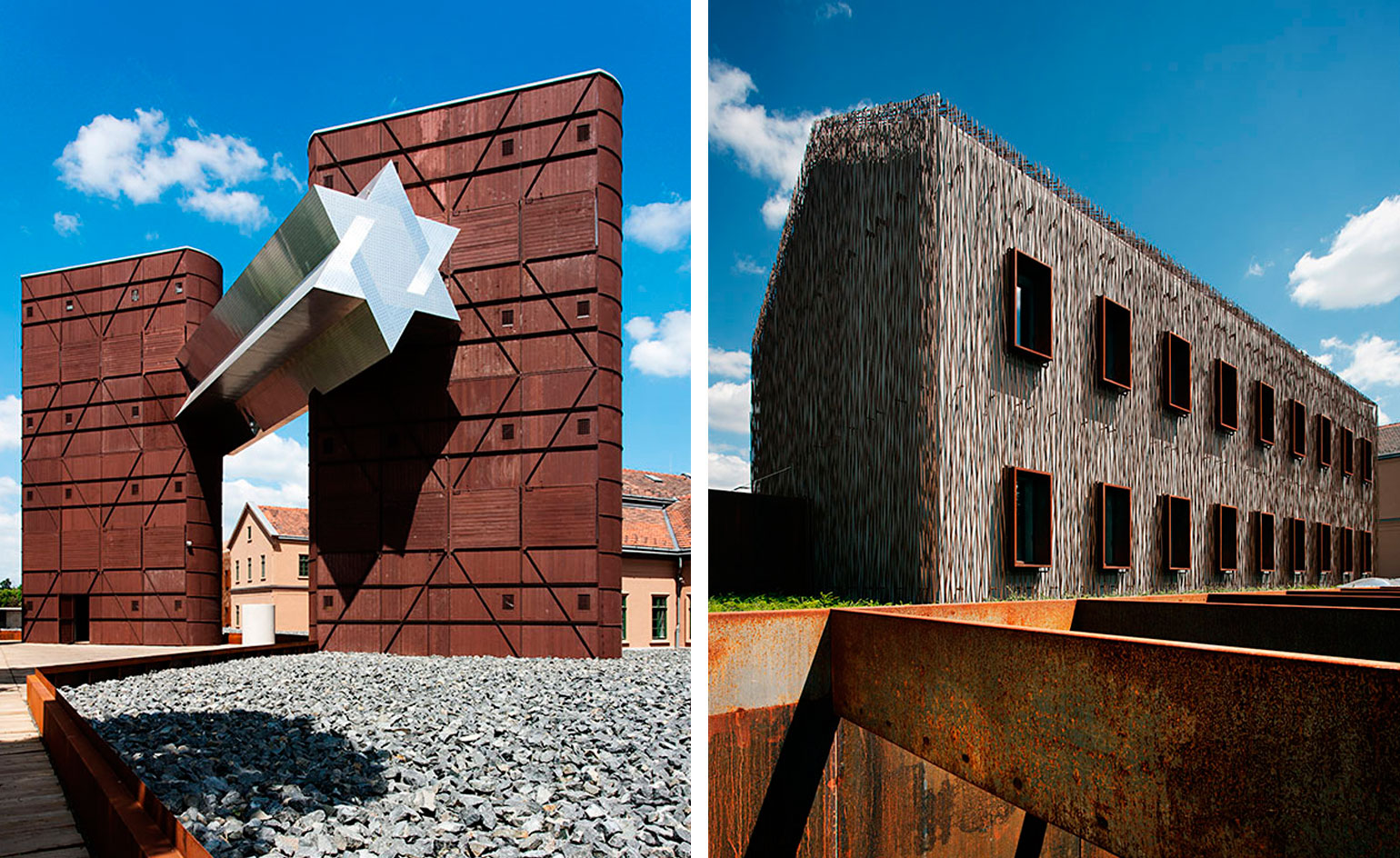
The raw palette of materials including basalt stones, railway sleepers, freight carriages, old railway tracks and iron reinforcement bars symbolise the past. Corten steel was favoured by the architect for the new exhibition hall as it was symbolic of survival despite destruction
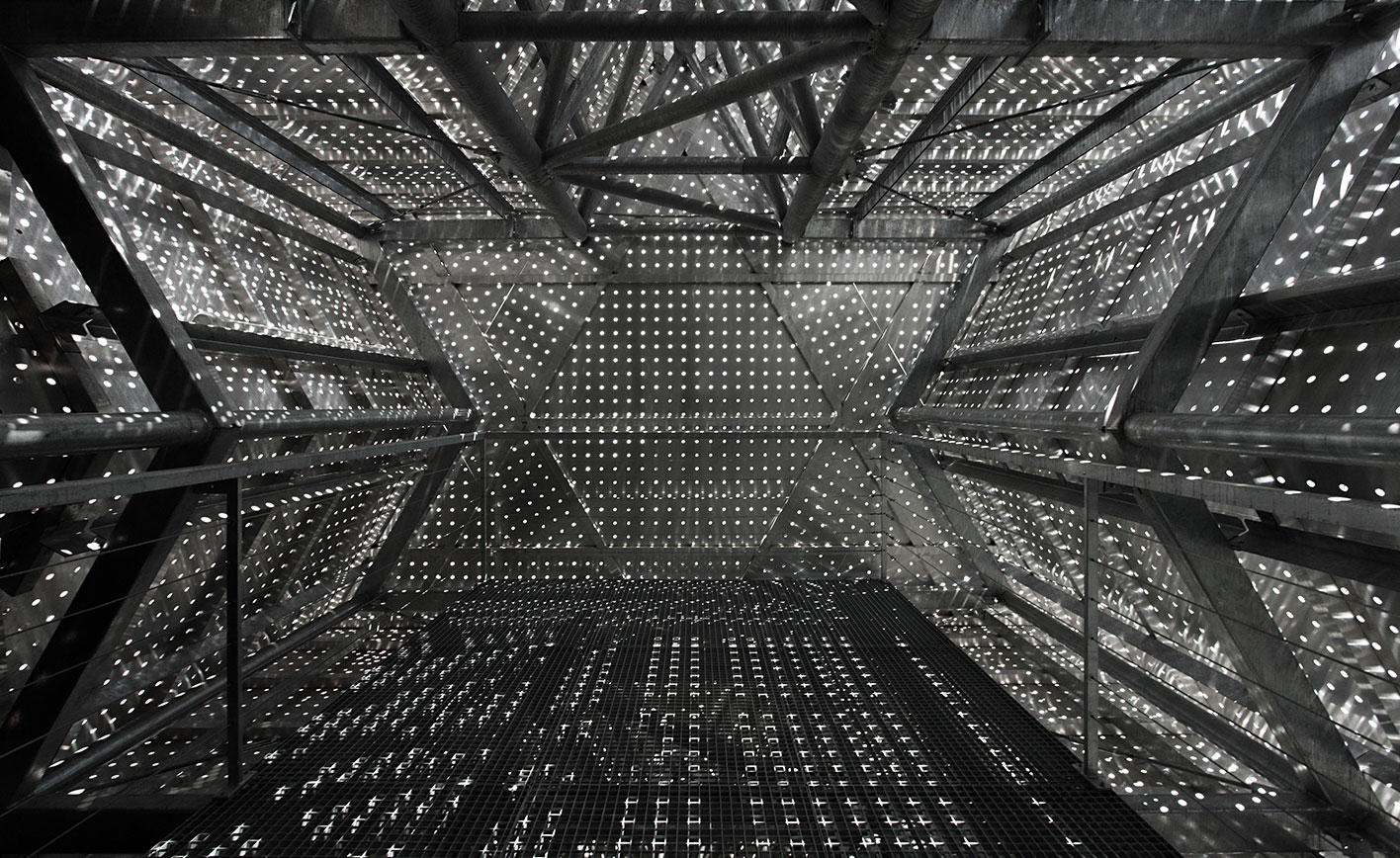
A bridge forming the Star of David is clad in finely perforated metal that permits daylight to spill into the interior, illuminating the pathway between towers
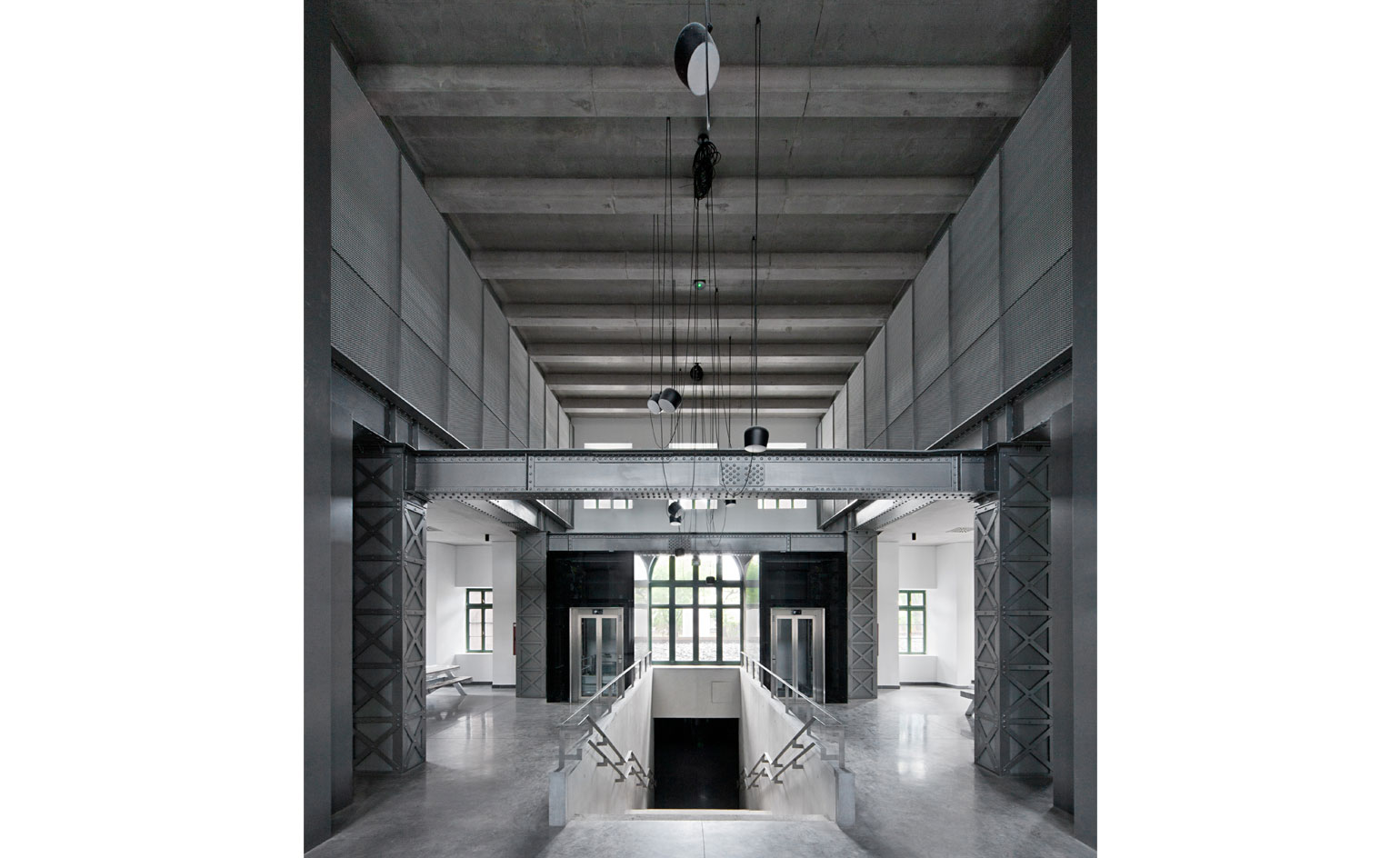
The former station has been restored to its original industrial style, also accommodating a 200-seat conference room, flexible exhibition space, café and bookshop. A central staircase links it to the main exhibition hall below
INFORMATION
Photography: Tamás Bujnovszky
Receive our daily digest of inspiration, escapism and design stories from around the world direct to your inbox.
-
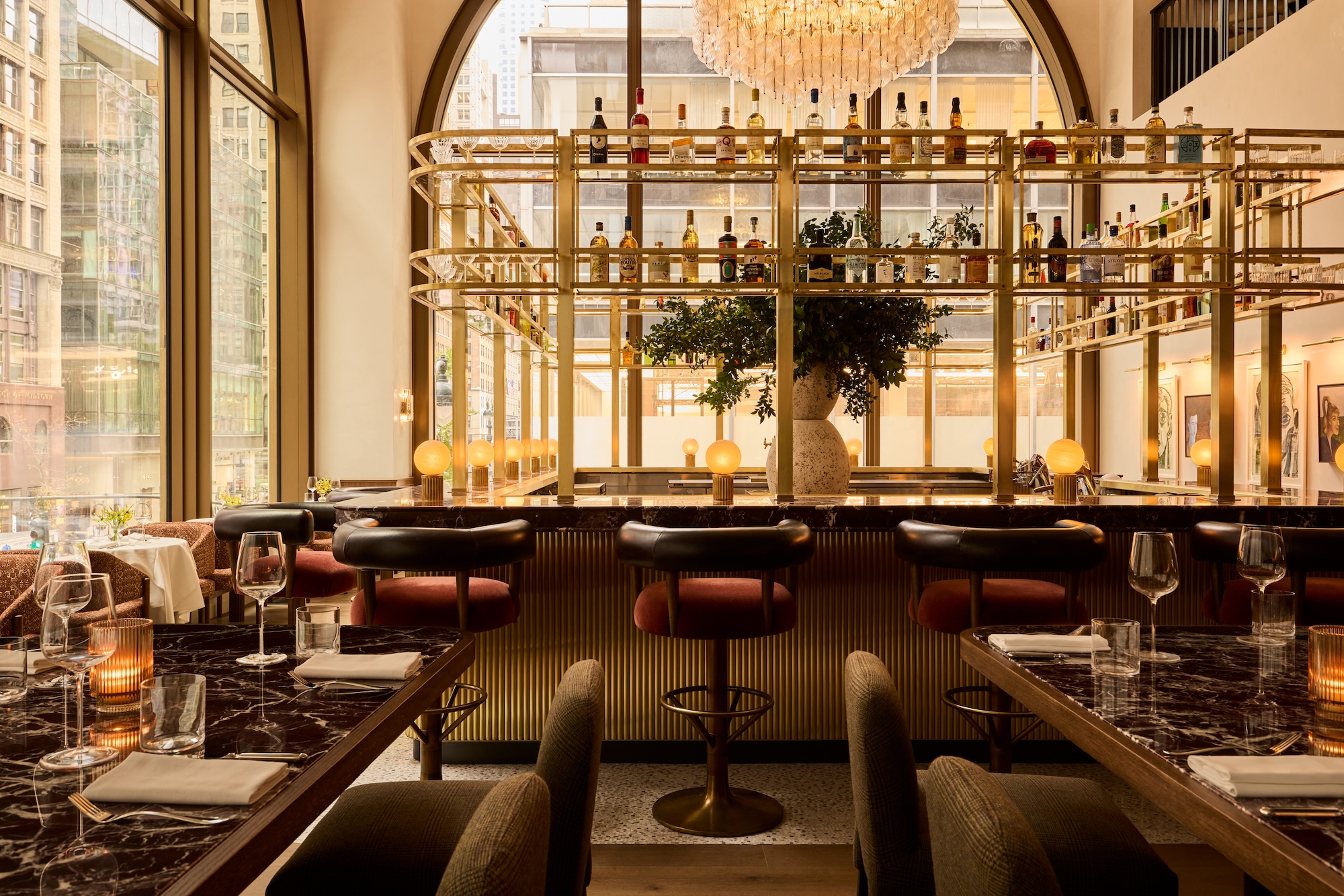 New York's members-only boom shows no sign of stopping – and it's about to get even more niche
New York's members-only boom shows no sign of stopping – and it's about to get even more nicheFrom bathing clubs to listening bars, gatekeeping is back in a big way. Here's what's driving the wave of exclusivity
-
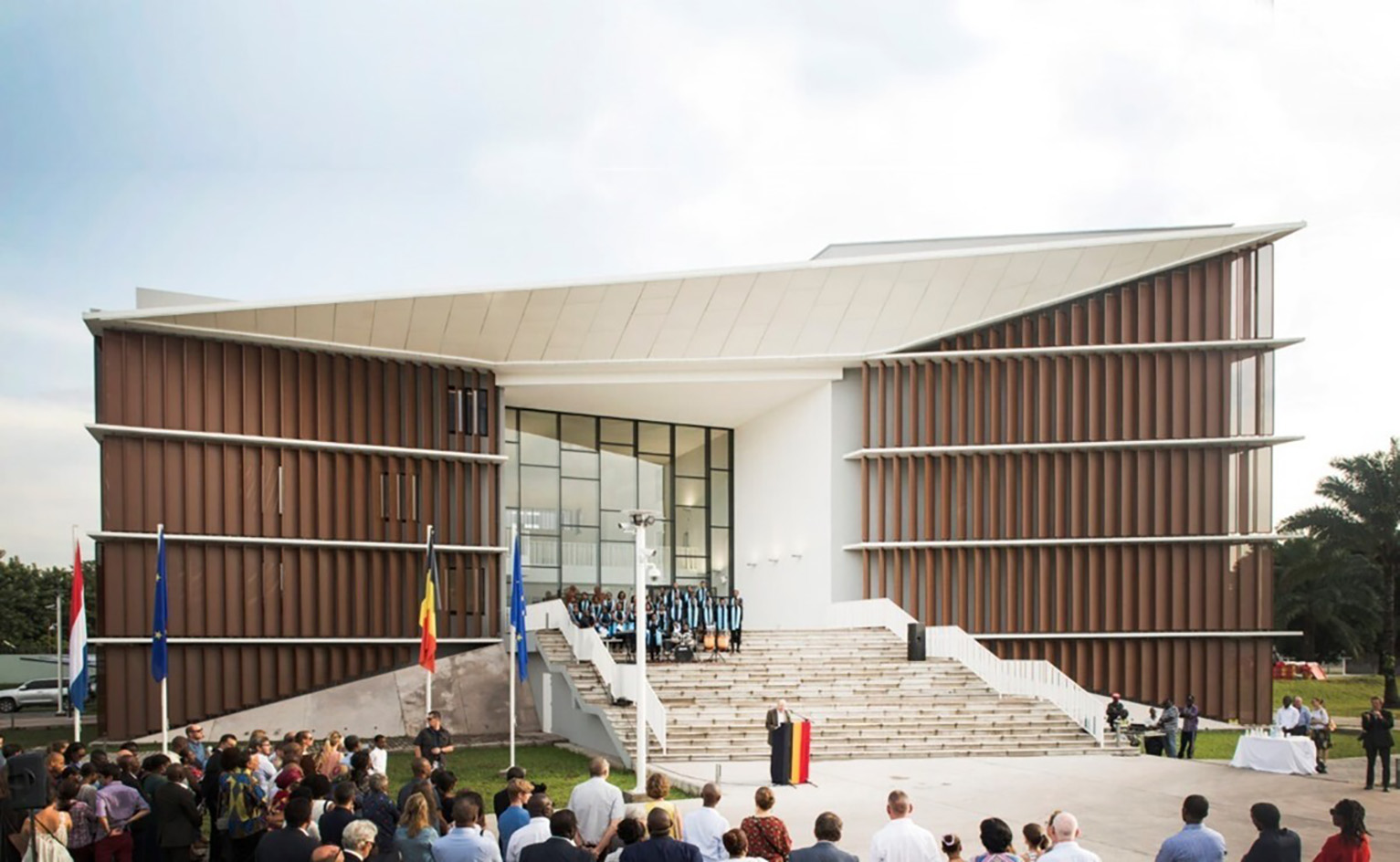 The diverse world of Belgian embassy design – 'style and class without exaggeration'
The diverse world of Belgian embassy design – 'style and class without exaggeration''Building for Belgium: Belgian Embassies in a Globalising World' offers a deep dive into the architecture representing the country across the globe – bringing context to diplomatic architecture
-
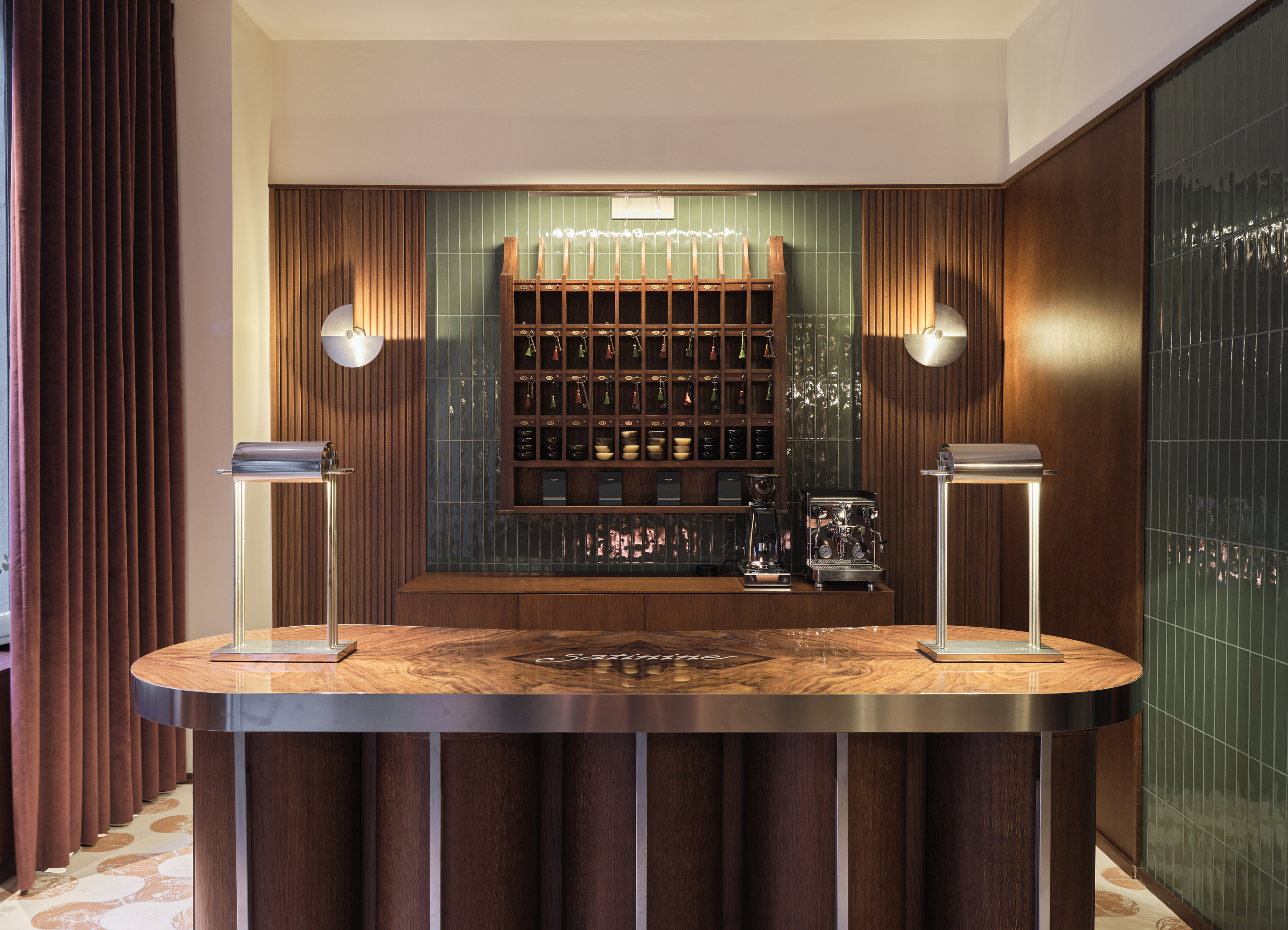 Pull up a bespoke pew at Milan’s new luxury perfumery Satinine, an homage to the city’s entryways
Pull up a bespoke pew at Milan’s new luxury perfumery Satinine, an homage to the city’s entrywaysDesigner Mara Bragagnolo fuses art deco details to bring storied Milanese fragrance brand Satinine into the 21st century
-
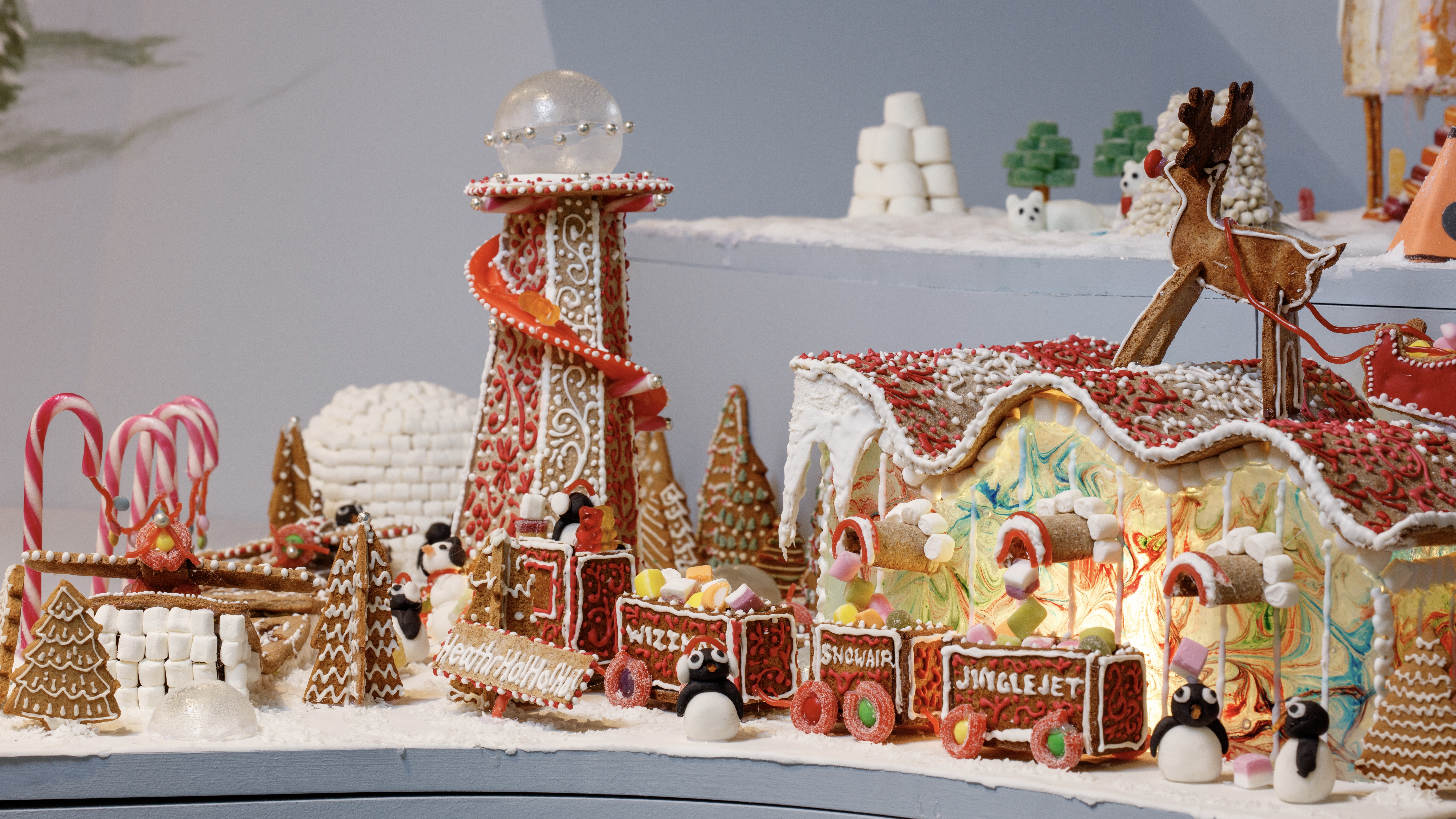 Welcome to The Gingerbread City – a baked metropolis exploring the idea of urban ‘play’
Welcome to The Gingerbread City – a baked metropolis exploring the idea of urban ‘play’The Museum of Architecture’s annual exhibition challenges professionals to construct an imaginary, interactive city entirely out of gingerbread
-
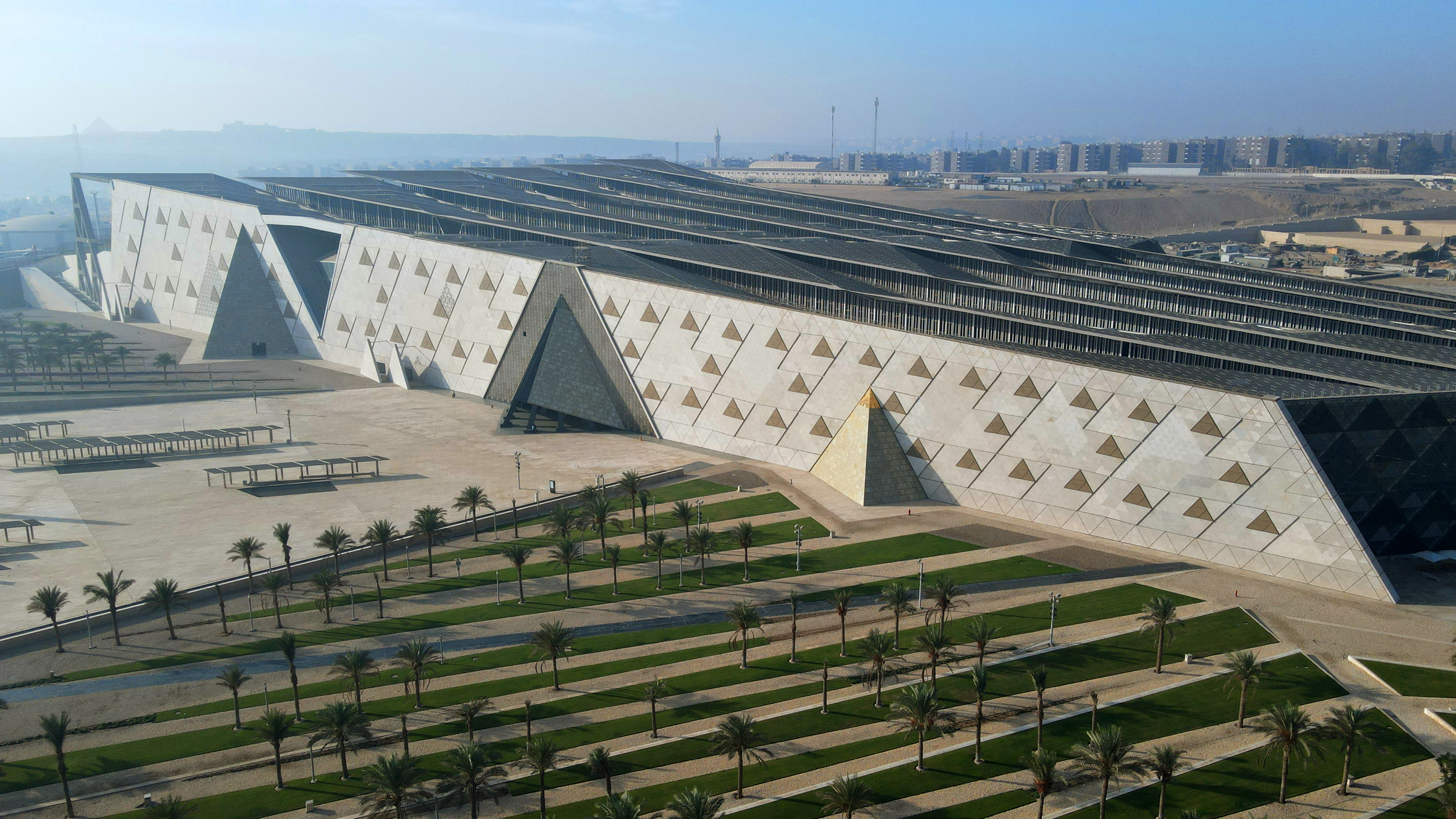 The Grand Egyptian Museum – a monumental tribute to one of humanity’s most captivating civilisations – is now complete
The Grand Egyptian Museum – a monumental tribute to one of humanity’s most captivating civilisations – is now completeDesigned by Heneghan Peng Architects, the museum stands as an architectural link between past and present on the timeless sands of Giza
-
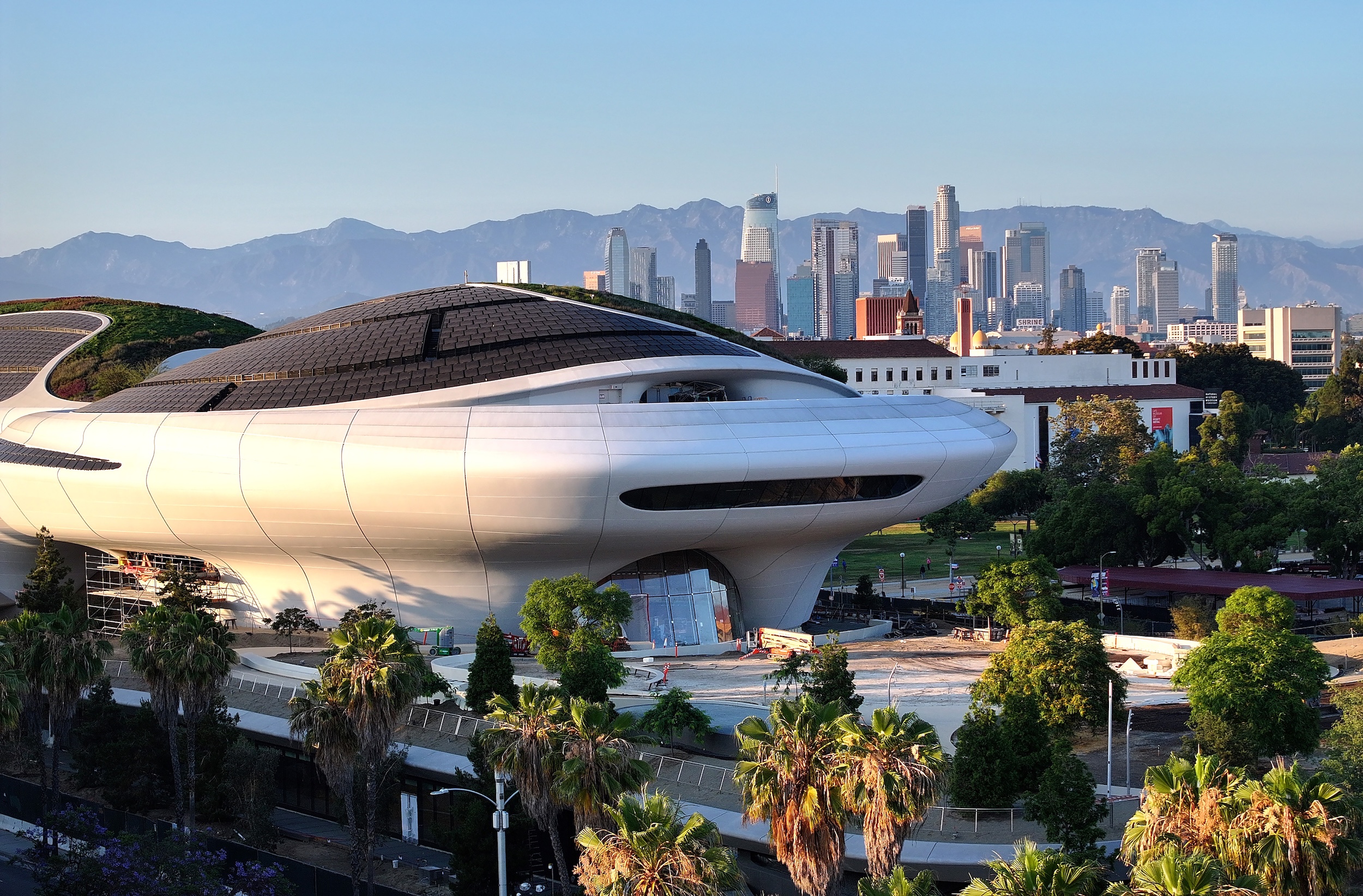 George Lucas’ otherworldly Los Angeles museum is almost finished. Here’s a sneak peek
George Lucas’ otherworldly Los Angeles museum is almost finished. Here’s a sneak peekArchitect Ma Yansong walks us through the design of the $1 billion Lucas Museum of Narrative Art, set to open early next year
-
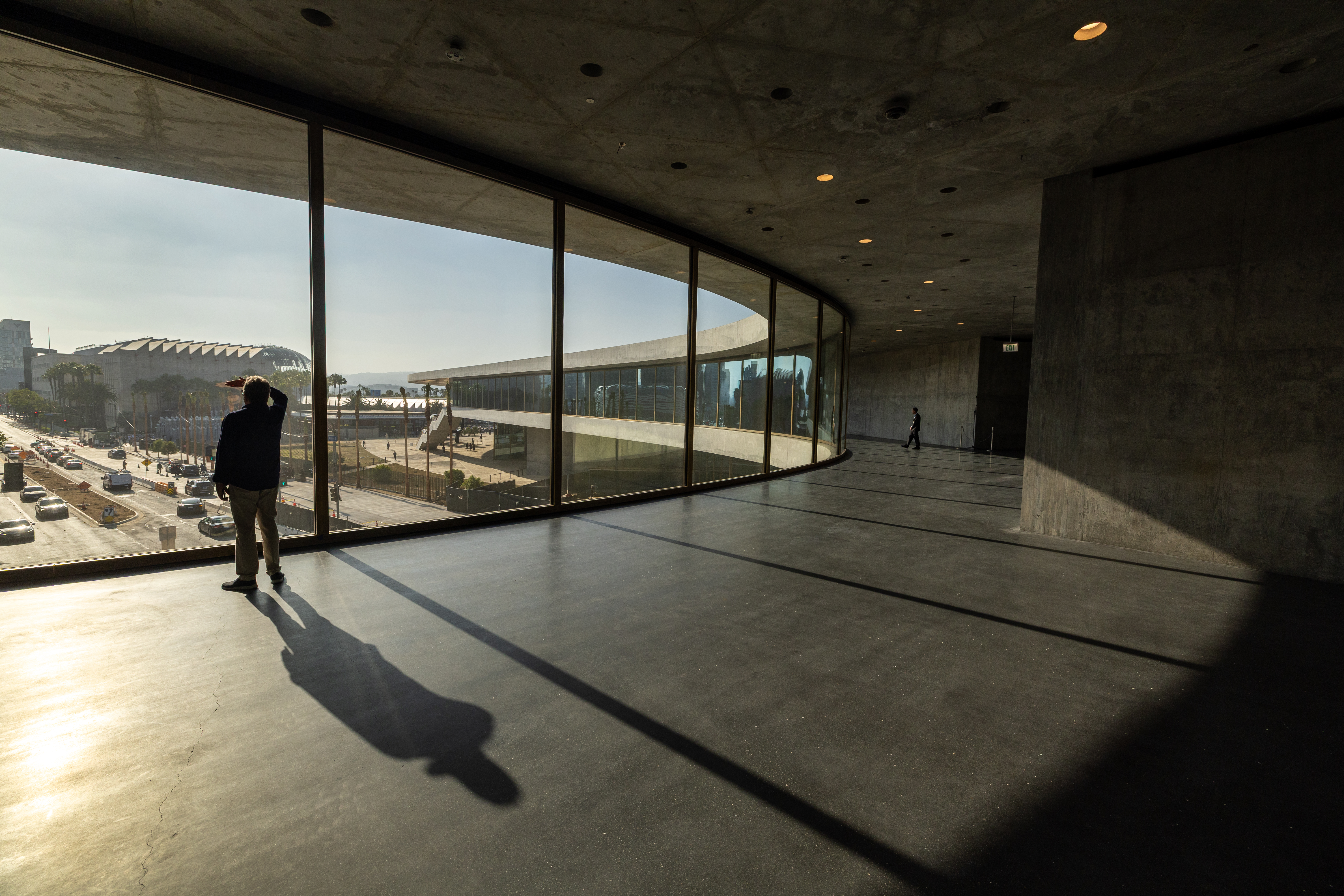 The great American museum boom
The great American museum boomNine of the world’s top ten most expensive, recently announced cultural projects are in the US. What is driving this investment, and is this statistic sustainable?
-
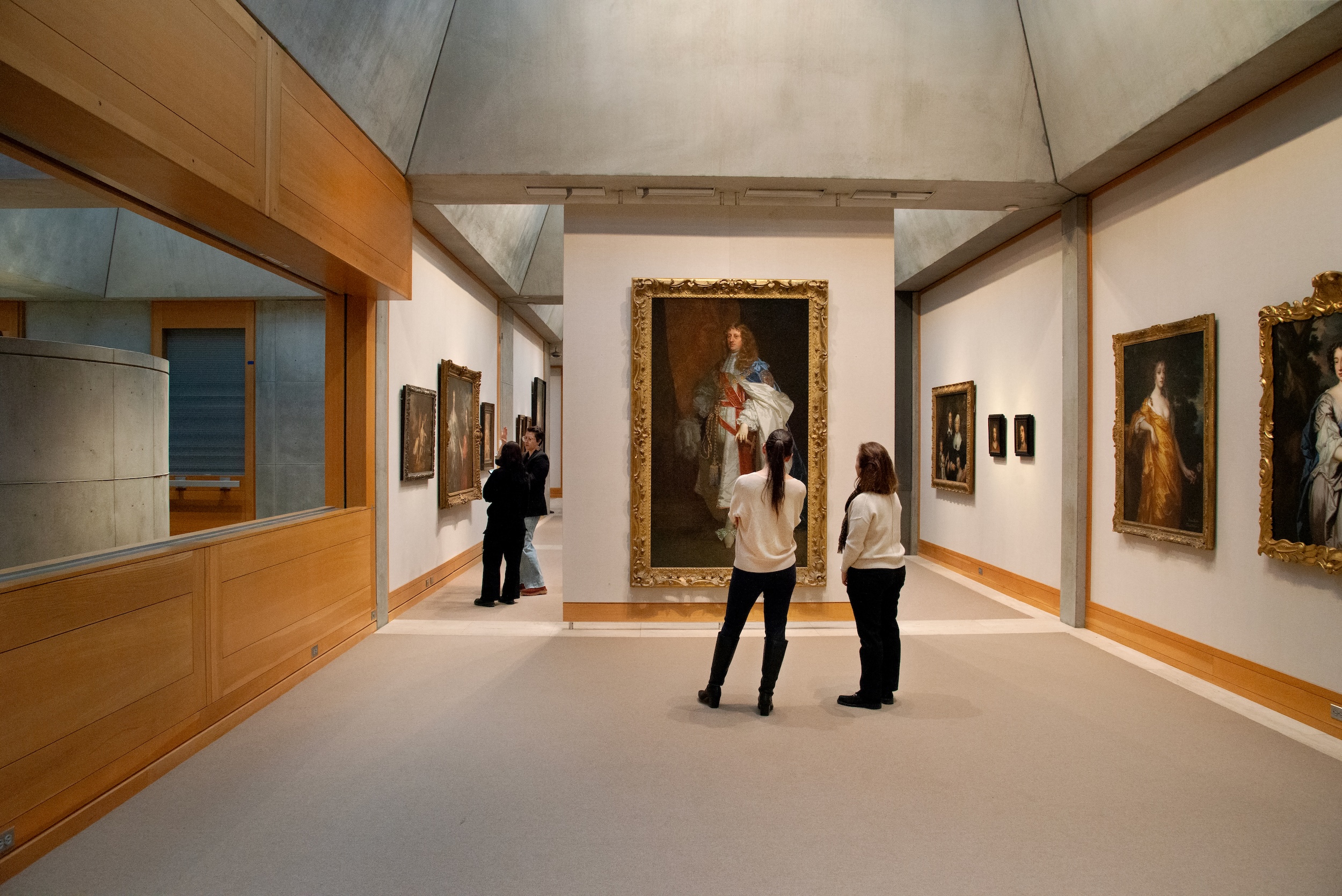 The Yale Center for British Art, Louis Kahn’s final project, glows anew after a two-year closure
The Yale Center for British Art, Louis Kahn’s final project, glows anew after a two-year closureAfter years of restoration, a modernist jewel and a treasure trove of British artwork can be seen in a whole new light
-
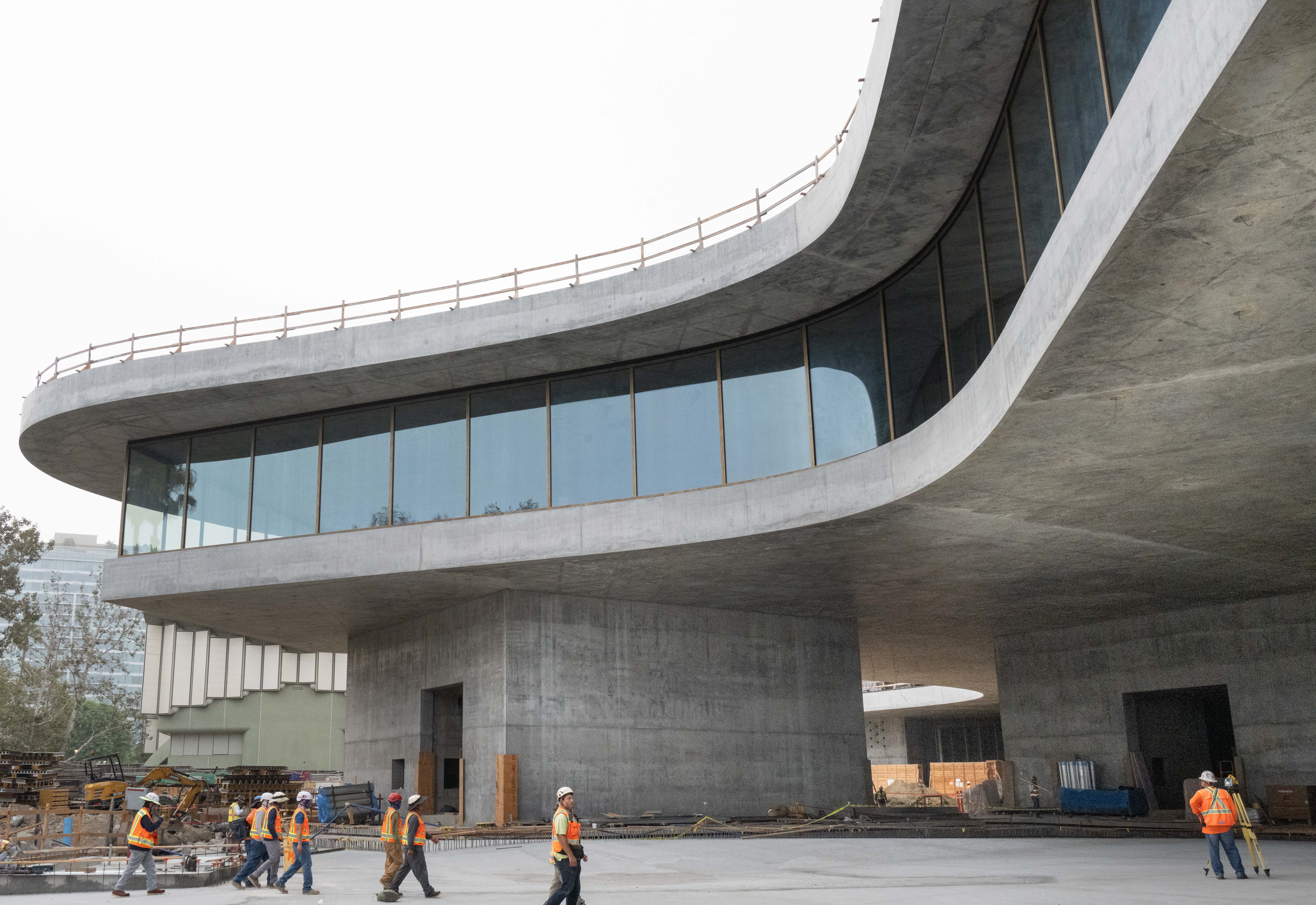 You’ll soon be able to get a sneak peek inside Peter Zumthor’s LACMA expansion
You’ll soon be able to get a sneak peek inside Peter Zumthor’s LACMA expansionBut you’ll still have to wait another year for the grand opening
-
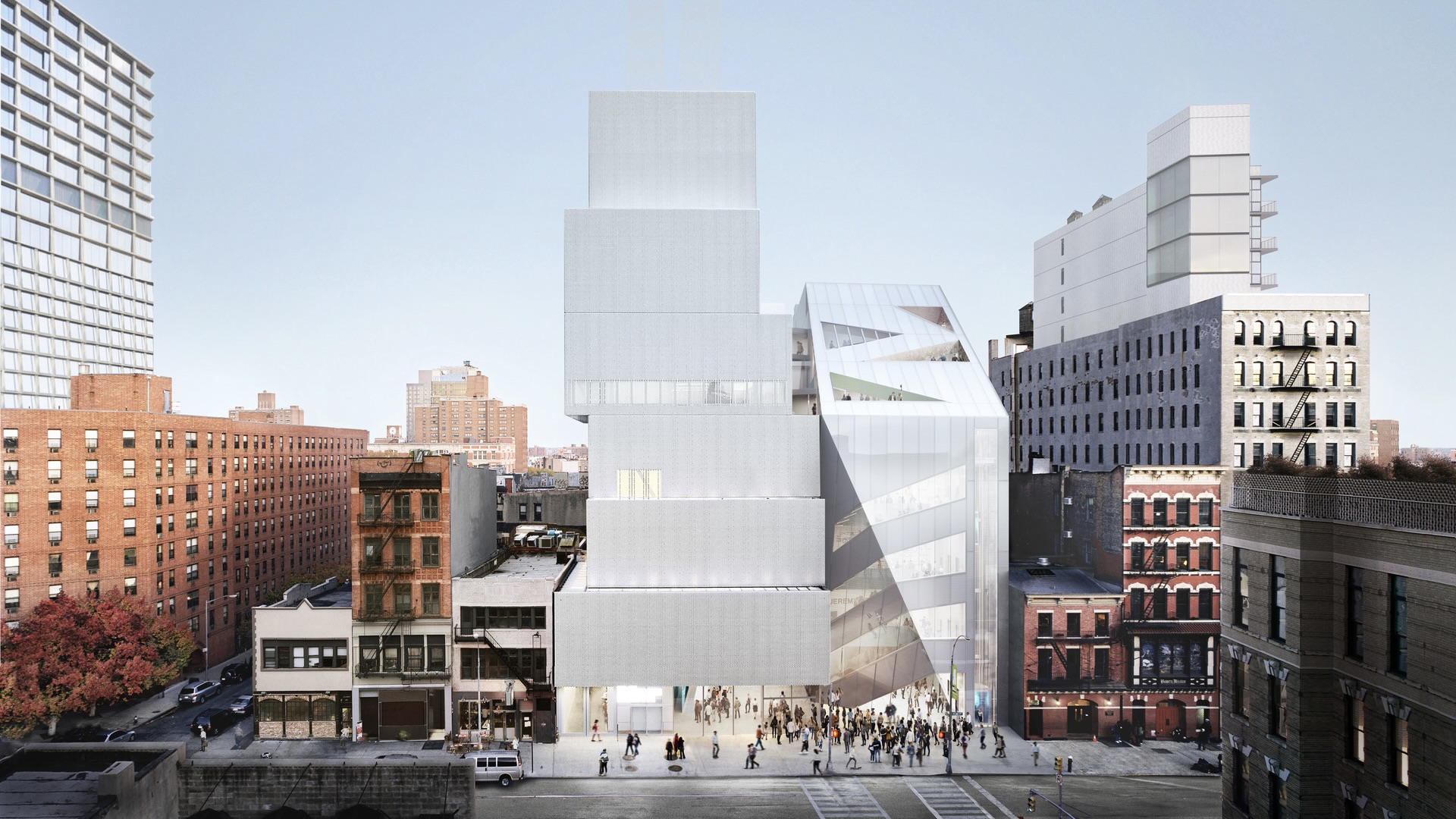 NYC's The New Museum announces an OMA-designed extension
NYC's The New Museum announces an OMA-designed extensionOMA partners including Rem Koolhas and Shohei Shigematsu are designing a new building for Manhattan's only dedicated contemporary art museum
-
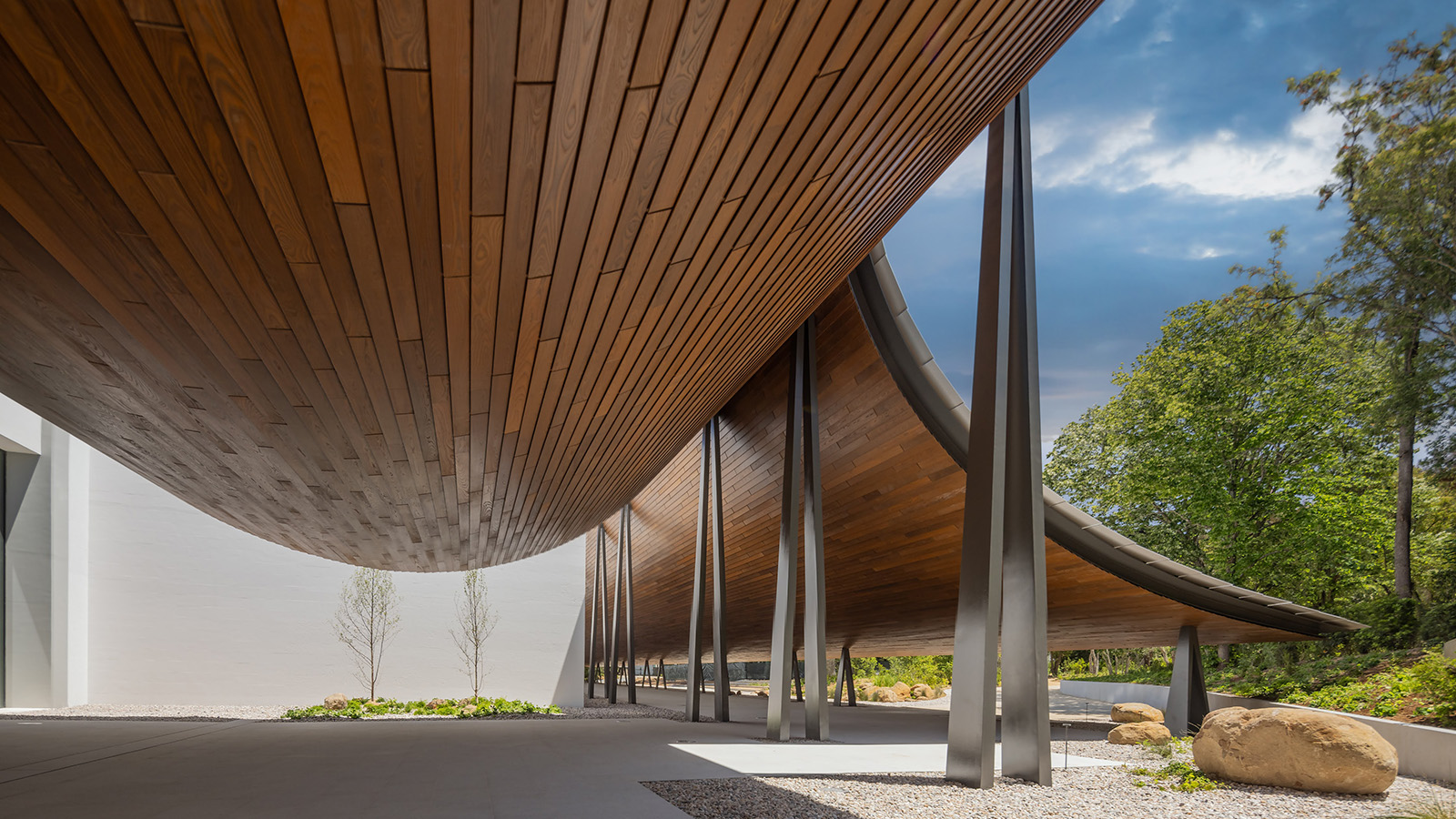 Gulbenkian Foundation's new art centre by Kengo Kuma is light and inviting
Gulbenkian Foundation's new art centre by Kengo Kuma is light and invitingLisbon's Gulbenkian Foundation reveals its redesign and new contemporary art museum, Centro de Arte Moderna (CAM), by Kengo Kuma with landscape architects VDLA